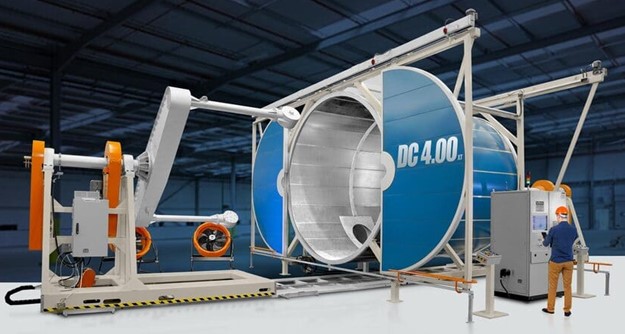Future-Ready Manufacturing With Modern Rotational Molding Techniques
Future-Ready Manufacturing With Modern Rotational Molding Techniques
Blog Article
In terms of innovating on manufacturing processes, rotational molding, or Rotational Molding, is the leader in complex plastic product creation. Over the past decade this technique has been gaining immense recognition because of its capacity to produce sturdy, lightweight and intricate designs with precise functionality.

Why Is Rotomolding Gaining Traction?
Recent data shows that the global rotational molding market is predicted to increase dramatically, with an anticipated CAGR of over 5% from 2023 until 2028. The growth is driven by increasing demand from industries like automotive, agriculture, construction and healthcare, where high-quality and customized parts are vital.
One major reason for its popularity is its versatility. The products made by rotomolding vary from huge water tanks to intricate industrial parts. This process is crucially, it permits manufacturers to produce seamless, hollow components that are significantly more durable to wear and wear. For instance in the industry of packaging, rotomolded containers are preferred due to their longer lasting and resistance to extreme conditions.
Advantages That Stand Out
Rotomolding's precision and adaptability make it a go-to solution, especially for complex shapes and demanding specifications. It is also resource-efficient, with minimal waste compared to alternative manufacturing processes. In addition, it offers a wide variety of material, texture, and finish options, including thermal stability and UV stability.
The ability to customize is another major benefit. Whether it's various colors logos, colors, or patterns, rotational molding gives unlimited possibilities while maintaining high quality and uniformity. Additionally the cost of tools for rotomolding tend to be less expensive than injection molding, allowing for an economical edge without compromising on end-product quality.
A Forward-Thinking Manufacturing Method
The emergence of rotomolding as a process indicates the shift toward greater sustainability. Manufacturers are investigating bio-based plastics as well as recycled materials to reduce environmental footprints. Its process in itself, which operates at lower temperatures and pressures, minimizes energy usage and promotes greener practices and is now a mandatory requirement in the modern day practices of industry.

Rotomolding makes it easier to manufacture extremely durable and complex plastic products, while providing the most affordable, customizable, and sustainable option. Its increasing acceptance across all industries worldwide highlights its value as a viable option to meet the demands of today of both the manufacturers and the consumers.
Report this page